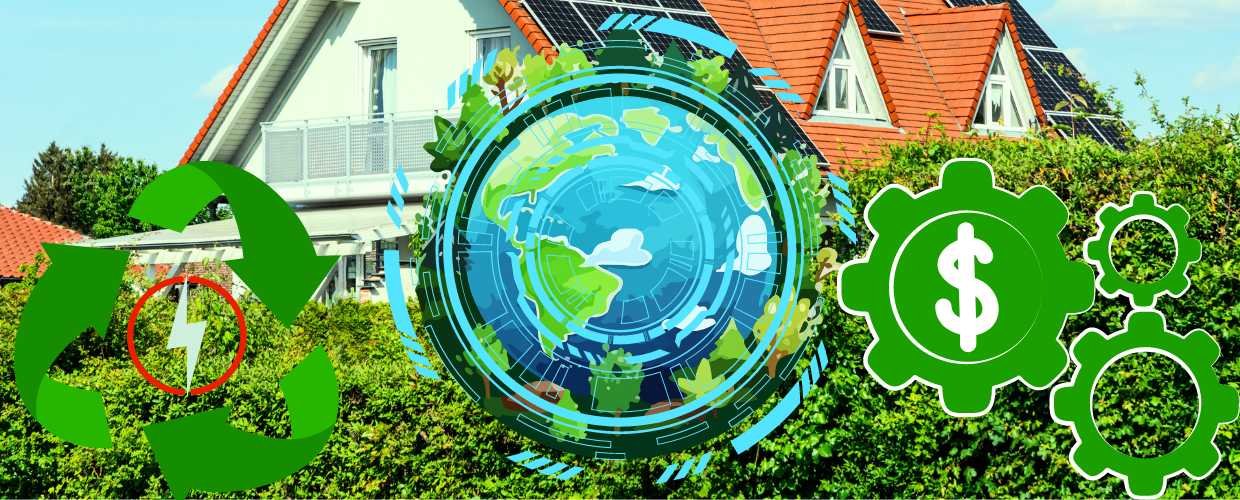In a world grappling with the devastating effects of climate change and environmental degradation, environmental technology, often called “green tech,” has emerged as a beacon of hope. This rapidly evolving field leverages innovation and sustainable practices to address some of our planet’s most pressing environmental challenges.
Observation of Environmental Technology
At its core, environmental technology seeks to harmonize human development with nature’s delicate balance. It encompasses various solutions and innovations, from renewable energy sources to waste reduction techniques and conservation efforts. The overarching goal is to reduce our ecological footprint while improving our quality of life.
One of the most prominent facets of environmental technology is renewable energy. Solar panels, wind turbines, and hydroelectric power plants transform how we generate electricity. These technologies harness the Earth’s natural resources, such as sunlight, wind, and flowing water, to produce clean and sustainable energy. The shift away from fossil fuels towards renewables is a critical step in mitigating the effects of climate change and reducing greenhouse gas emissions.
Energy efficiency plays a pivotal role in environmental technology as well. Building design, transportation, and manufacturing innovations make doing more with less energy possible. Smart buildings, electric vehicles, and industrial automation systems are reducing energy consumption and greenhouse gas emissions while simultaneously cutting costs for businesses and consumers.
Waste management is another area where environmental technology is making a significant impact. Recycling and waste-to-energy technologies are helping reduce the burden of landfills and decrease pollution. Innovations like compostable materials and biodegradable plastics offer alternatives to traditional single-use plastics, posing significant environmental challenges.
The preservation and restoration of natural ecosystems are also central to environmental technology. Efforts to combat deforestation, protect endangered species, and restore damaged ecosystems are crucial for biodiversity and the overall health of our planet. Technologies like satellite monitoring, AI-driven conservation, and precision agriculture enhance our ability to monitor and protect these valuable resources.
Water management is a pressing concern, especially in regions facing water scarcity. Environmental technology advances water purification and desalination techniques, ensuring a sustainable, clean water supply for communities worldwide. IoT-based sensors and data analytics also optimize water usage in agriculture and industry, reducing waste and conserving this precious resource.
Despite the significant progress made in environmental technology, challenges remain. Scaling up these innovations to meet global demands, ensuring accessibility in developing regions, and addressing the ethical implications of geoengineering and climate intervention are complex issues that require careful consideration.
Environmental Technology Market
The approximate decision of the Techgolly market analysis team is that the global Environmental Technology market was valued at least USD 583 billion in 2024 and continues to be projected to reach USD 874 billion by 2030. Growth will continue at a compound annual growth rate (CAGR) of 5% to 7% from 2024 to 2030.
Conclusion
Environmental technology represents hope in the face of our planet’s environmental challenges. It is a testament to human ingenuity and our ability to innovate to pursue a sustainable and harmonious future with nature. As we continue to invest in and develop these solutions, we must prioritize responsible and ethical practices to ensure that environmental technology remains a driving force for positive change in our world.










